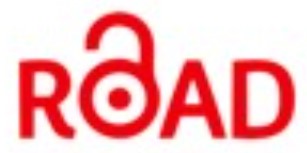EVALUATION OF COLLECTIVE PUBLIC TRANSPORTATION IN INTERMEDIATE CITIES
Keywords:
coverage, user perception, routes, transportation, collective public transportationAbstract
The lack of coverage of the public transport service, excessive travel times, non-compliance with the schedules of the public transport operators and the lack of route information, cause discomfort in the users of the service, affecting urban mobility and becoming a One of the main concerns for traffic regulatory entities, due to the impact it has on the quality of life and the efficiency of travel, opting for other modalities generating little reliability in the use of transport and greater dependence on private vehicles. For this reason, an evaluation is required to propose improvements to the service, for which an evaluation methodology of collective public transport was proposed that allows sustainable urban mobility for cities of up to 300,000 inhabitants where indicators such as the physical structure of transport, hierarchy of routes are qualified, equipment, service capacity, bus stops, public transport coverage, travel time and frequency. Collective public transport in the city of Machala was analyzed, where an assessment of 50% was obtained, which indicates that the current service is regular. With this, it is concluded that in order for collective public transport to allow sustainable urban mobility, the proposed indicators must be evaluated, where they analyze characteristics of public transport, reasons and duration of trips, infrastructure, among others, to finally make an assessment of the results in terms of sustainability and thus be able to generate proposals for improvements to the quality of the service.
Downloads
Published
How to Cite
Issue
Section
License
The contents of this journal are under a Creative Commons Attribution-NonCommercial 3.0 Unported License, meaning that its copy and distribution are by all means allowed for as long proper acknowledgments are given and commercial use is not involved.










